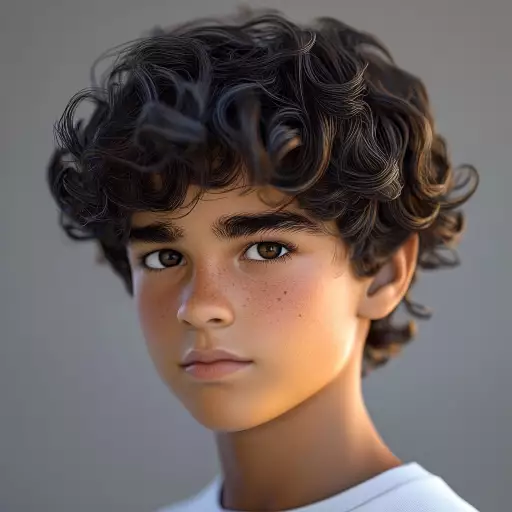Explore the Best AI Image Gallery

The Digital Brush: How IoT in Smart Homes is Painting the Future of Creativity
Imagine a world where your home itself becomes an instrument of creation, responding to your every thought and desire. This isnt science fiction; its the reality that the Internet of Things (IoT) is shaping for the creative industry within smart homes. As interconnected devices become increasingly sophisticated, they are blurring the lines between physical and digital realms, offering artists, designers, and innovators a plethora of unprecedented opportunities.
A Symphony of Connected Creativity
Smart homes, powered by IoT, are transforming the way we create and experience art. Consider these examples:
- Interactive Installations: Imagine an artwork that responds to your movements or emotions. Sensors embedded within walls, floors, or even furniture can detect changes in temperature, sound, or light, triggering dynamic displays of color, light, or music. This creates immersive and personalized experiences, blurring the lines between spectator and participant.
- AI-Powered Design Tools: Imagine a design program that learns your style and assists you in creating innovative concepts. AI algorithms can analyze your sketches, 3D models, or even photographs to suggest improvements, generate variations, or even produce entirely new designs based on your preferences.
- Collaborative Creations: Imagine artists from different locations working together in real-time on a single project. IoT enables seamless collaboration through shared virtual spaces where ideas can be exchanged, visualized, and built upon instantly. This opens up exciting possibilities for global artistic endeavors.
Challenges and Ethical Considerations
While the potential of IoT in smart homes for creativity is vast, it also presents ethical challenges that must be carefully considered:
- Data Privacy: IoT devices collect vast amounts of data about our behaviors and preferences. Its crucial to ensure this data is used responsibly, with transparent consent mechanisms and robust security measures in place.
- Algorithmic Bias: AI-powered design tools can inherit biases from the data they are trained on, potentially leading to discriminatory or unfair outcomes. Its essential to develop techniques for identifying and mitigating bias in algorithms to ensure equitable creative opportunities.
- Accessibility and Inclusivity: The benefits of IoT in smart homes should be accessible to all individuals, regardless of their abilities or socioeconomic status. Designers must prioritize inclusivity by considering the needs of diverse users and ensuring that technologies are affordable and user-friendly.
Looking Ahead: The Future of Creative Smart Homes
The convergence of IoT, artificial intelligence, and smart homes is poised to revolutionize the creative landscape. We can anticipate:
- Hyper-Personalized Creations: Imagine artworks tailored to your specific tastes, moods, or even memories. AI will become increasingly adept at understanding individual preferences and generating truly personalized creative experiences.
- The Rise of the Smart Studio: Smart homes will evolve into sophisticated creative hubs equipped with responsive surfaces, collaborative tools, and AI-powered assistants that streamline workflows and foster innovation.
- Augmented Creativity: AR and VR technologies will integrate seamlessly with smart home environments, allowing creators to design, build, and experience their work in immersive and interactive ways.
The digital brush is already being wielded in the creative industries. As IoT technology continues to evolve, we can expect even more groundbreaking innovations that will redefine the boundaries of artistic expression and inspire new forms of creative collaboration and discovery within our smart homes.







](https://images.ai-img.art/thumbnails/150/9a6d0fcce9ec5cbd0b6e1ae3e27a8431360243514be47806967397edde9d2142.webp)


























](https://images.ai-img.art/thumbnails/150/80094040de9ad0df11634d49dbe706db251e197e3b4b44e5529fd5a6402f8c76.webp)
](https://images.ai-img.art/thumbnails/150/8723b7e853af65c9f588f5e0c63fcee47cd8f6b36a2afbf7915d0b2414bb6e36.webp)

](https://images.ai-img.art/thumbnails/150/dae6960b66f4a463fa93242e70f7c24b1d9929c5db1b31e38ecc76c5a3438690.webp)









](https://images.ai-img.art/thumbnails/150/d917b72ab42203a518f4272b3fdb12fc8a4bbcc15da66de8d3fac697ffef8ef0.webp)

